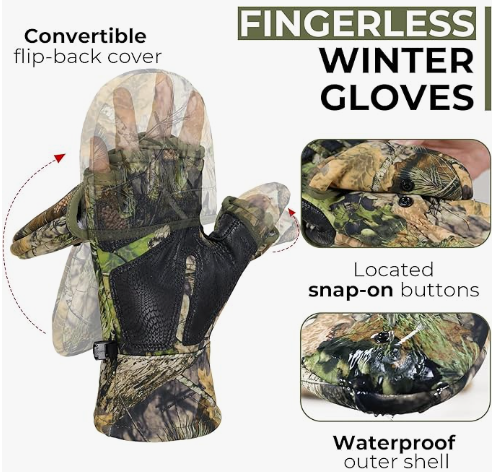Choosing the right material for welding gloves is essential to ensure safety, comfort, and durability. The best materials for welding gloves include cowhide for heavy-duty tasks, goatskin for flexibility, and elkskin for high-heat applications. Each material has unique properties suited to different types of welding. Here’s a guide to help you select the best option for your needs.
1. Cowhide Leather
Cowhide is one of the most popular materials for welding gloves due to its durability and heat resistance.
- Durability and Heat Resistance: Cowhide withstands high temperatures and heavy use, making it ideal for intense welding processes.
- Applications: Best suited for MIG and Stick welding, where gloves need to handle high heat and provide solid protection.
2. Goatskin Leather
Goatskin is known for its flexibility and is ideal for tasks that require precision.
- Flexibility and Dexterity: Goatskin allows for better hand movement, giving welders the control needed for delicate tasks.
- Applications: Commonly used in TIG welding, where high precision is required and heat levels are lower.
3. Deerskin Leather
Deerskin is soft and molds well to the hand, offering comfort for extended use.
- Softness and Comfort: Deerskin gloves provide a snug fit and are comfortable for long periods.
- Applications: Suitable for TIG welding or light-duty tasks where comfort and dexterity are essential.
4. Pigskin Leather
Pigskin is naturally resistant to moisture and maintains flexibility in different environments.
- Oil and Water Resistance: Pigskin resists moisture, keeping gloves pliable even in damp conditions.
- Applications: Useful in various welding environments, especially when moisture is present.
5. Elkskin Leather
Elkskin can handle high temperatures and retains softness after repeated heating and cooling.
- Heat Tolerance and Durability: Elkskin doesn’t harden as easily with heat exposure, making it ideal for heavy-duty tasks.
- Applications: Best for Stick welding or other high-heat applications where durability is a priority.
6. Synthetic Materials
Some welding gloves incorporate synthetic materials like Kevlar for added cut resistance.
- Specialized Protection: Synthetic fibers can enhance a glove’s resistance to cuts, abrasion, and other hazards.
- Applications: Common in gloves designed for tasks with higher risk of cuts or punctures.
Comparison of Welding Glove Materials
The table below summarizes the key properties of each material, helping you select the best glove type for your needs:
| Material | Heat Resistance | Dexterity | Durability | Best For |
|---|---|---|---|---|
| Cowhide | High | Moderate | High | MIG, Stick welding |
| Goatskin | Moderate | High | Moderate | TIG welding |
| Deerskin | Moderate | High | Moderate | TIG welding |
| Pigskin | Moderate | Moderate | High | Various processes |
| Elkskin | High | Moderate | High | Stick welding |
| Synthetic | Varies | Varies | High | Specialized needs |
Conclusion
When selecting welding gloves, the best material depends on the specific welding process and the level of heat resistance, dexterity, and durability needed. Cowhide is excellent for heavy-duty welding, while goatskin and deerskin are preferred for tasks requiring flexibility and control. Choosing the right material ensures that your gloves provide the best balance of protection and comfort.









2 Responses
I like this website so much, bookmarked.
Thanks a ton for the shout-out—knowing the site was helpful to you just made our day.
We’ll keep the good stuff coming!
All the best,